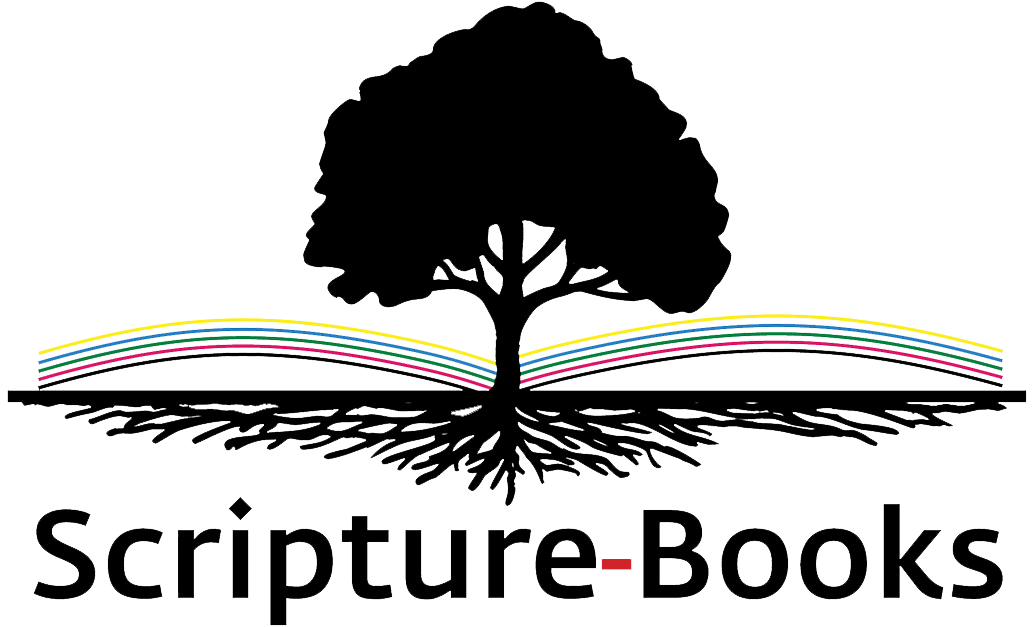About Scripture-Books
Scripture provides a wealth of wisdom, perspective, encouragement, and practical guidance in all matters. In that spirit, we offer these words from the author of life for your reflection. Uniquely capturing the beauty of God’s creation, this compendium provides inspiration as you experience everyday life in our world, allowing you to put your troubles on pause and meditate on the truth of the Word.
Most Christians want to spend regular time reading the Bible.
Most of our Bibles, though, are not designed to facilitate reading. They are designed to contain all of the Bible’s 66 books, all 1189 chapters, all 31,000+ verses, between two covers, in a format that is (somewhat) easy to carry around, not too expensive, and – last but not insignificant – ok to read given the other two requirements to be portable and affordable.
We are beginning a series of Bible books primarily designed for an excellent reading experience. They are designed primarily to present and honor the text of the Bible, to give its verses and passages room to breathe and stretch out on the page, and to facilitate slow, meditative reading.
The first book we are offering is the Gospel of Mark.
The early church thought that Matthew was the first Gospel written (which is why it appears first in our Bibles) and that Mark redacted Matthew’s Gospel to form his own, shorter account. More modern scholars see it the other way around: that Mark was the first Gospel written and distributed, and that Matthew and Luke added their own material to Mark’s narrative.
We have chosen to follow more recent thought and so offer Mark first.
Design
What if we loosened the design constraint that any printed version of scripture needed to be the entire Bible between two covers while still being easy to carry around?
A very short and selective history of printing and book design:
Guttenburg is known for his moveable type printing press which produced way more books than rooms full of scribes ever could. Until the Industrial Revolution, though, printing by moveable type press was still an incredibly laborious process. Everything was made and operated by skilled craftspeople: paper, ink, type, the presses themselves, and binding.
Early printed books generally followed the same page designs as hand-copied manuscripts – wide margins, large letters/type, generous space between lines of text, on paper and in bindings meant to last generations.
With the mechanization of paper manufacturing, printing, and bookbinding, type became smaller, margins and the spacing between lines of text shrunk, while bindings would fall apart and paper become brittle often within one generation.
At the turn of the 19th to the 20th Century, a man named William Morris reacted against the cheapening of products through mechanizing that formerly were skilled handcrafted. Among many other crafts, Morris turned his ideals, skills, and energy towards book design and production. In doing so he looked back both to medieval manuscripts and early printed books.
Morris immediately inspired a larger group of printers who started what is known as the small press or fine press movement – which continues today!

The history of the fine press movement fills many volumes. It’s highest expression involved hand made paper, hand set type, letterpress printing, and hand book binding. These beautiful books cost hundreds if not thousands of dollars.
In our own small, humble way we are looking to bring as much of the beauty of those books as possible at a much more affordable cost to a wider group of readers, books for daily handling and annotation.
Scripture-Books.com is a division of Good Place Publishing (goodplacepublishing.com).






You must be logged in to post a comment.